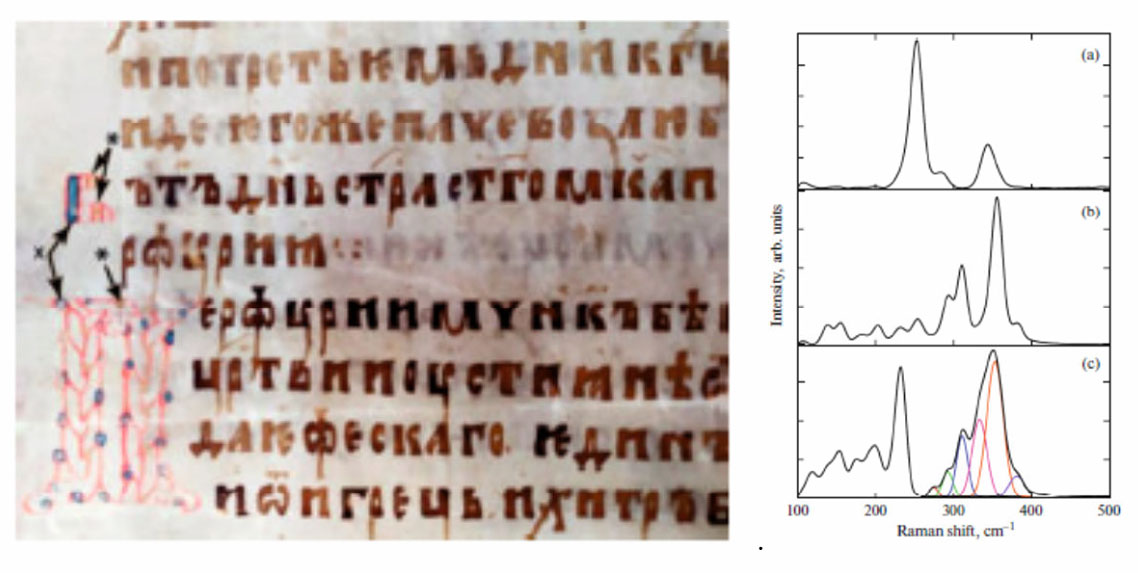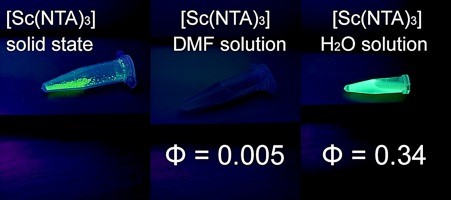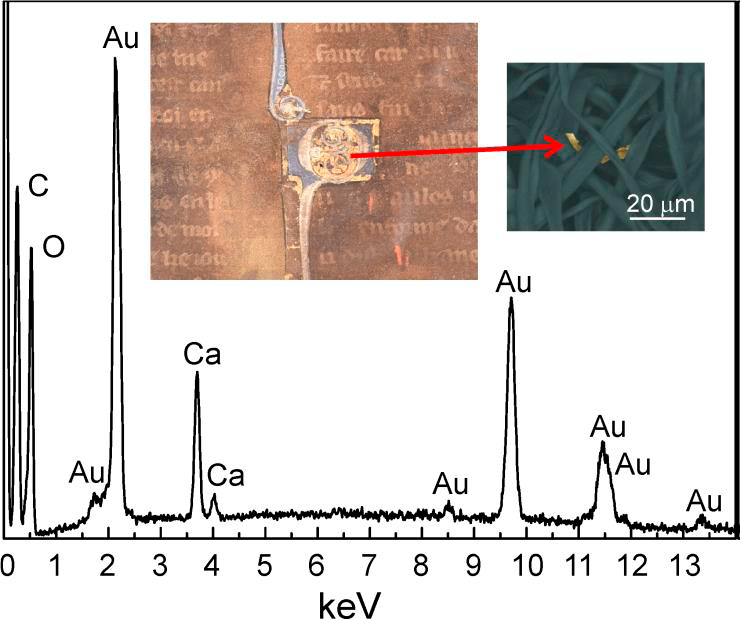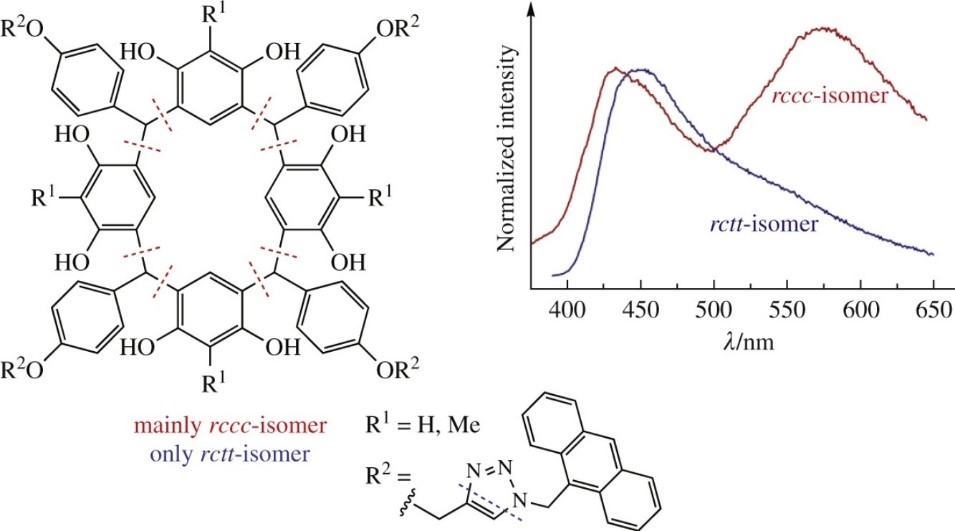Категория: Новости.
Д.В. Панькин, М.В. Корогодина, А.В. Поволоцкая, A.A. Михайлова, В.Г. Подковырова, Е.А. Тилева, И.В. Цевелева, А.Г. Сергеев, А.В. Курочкин
Оптика и спектроскопия, 2021, том 129, вып. 1
DOI: 10.21883/OS.2021.01.50447.227-20
Исследована палитра пигментов, входящих в состав пергаменного рукописного фрагмента из собрания Финляндских отрывков № 29 (Библиотека Российской академии наук, Финл. отр. 29, старый шифр — 4.9.28), датируемой XIV в. Данная рукопись с полихромными изображениями, использованными для украшения заглавных букв текста, не проходила реставрацию. В рамках выполненной работы методами спектроскопии КРС было установлено использование киновари для красных оттенков, идентифицирована смесь сера мышьяковых пигментов (аурипигмент и парареальгар), а также установлено использование смеси пигмента индиго и гипса в различных соотношениях для синих оттенков. Проведено исследование возможности детектирования характерной люминесценции обнаруженных пигментов с реальных (немодельных) образцов, при возбуждении лазерным излучением различных длин волн.
 (слева) Фотография декорированных заглавных букв, а так же части текста рукописного пергамена. (справа) Типичные спектры КРС красного пигмента – киновари и желтых – аурипигмента (b) и парареальгара (c)
(слева) Фотография декорированных заглавных букв, а так же части текста рукописного пергамена. (справа) Типичные спектры КРС красного пигмента – киновари и желтых – аурипигмента (b) и парареальгара (c)
Категория: Новости.
by L. Mironov, A. Shurukhina, M. Krivchun, P. Parfenov, M. Rabchinskii, I. Kolesnikov, Z. Efimenko, M. Baranov
Journal of Photochemistry and Photobiology A: Chemistry
Vol. 402, 1 November 2020, 112826
https://doi.org/10.1016/j.jphotochem.2020.112826

AIEgens represent a special class of molecules, which are emissive in aggregated state, but show almost no fluorescence in dissolved form. Herein we report on the aggregation-induced emission properties of scandium complex with 2-naphtoyltrifluoroacetone ([Sc(NTA)3]). Fluorescence quantum yield of the complex increases ∼68 times, from 0.005 to 0.34, in aqueous solution by comparison with solution in dimethylformamide. This scandium complex is also emissive in powder form or as a film on a glass substrate, indicating that restriction of intramolecular motions facilitates complex fluorescence. The sensitized fluorescence of rhodamine 6 G and rhodamine B was observed in mixed aggregates of complexes and dyes showing the possibility to use [Sc(NTA)3] as efficient energy donor.
Категория: Новости.
by A. Povolotckaia, M.Korogodina, D. Pankin, V. Podkovyrova, N. Kurganov, E. Tileva, I. Tseveleva, A. Mikhailova, Y. Petrov, A. Povolotskiy, E. Borisov, A. Kurochkin
Journal of Cultural Heritage Vol. 46, pp. 298-303
https://doi.org/10.1016/j.culher.2020.06.011

This work presents the study of an XIII century French medieval Legendarium manuscript. The manuscript has a complex background of destruction and restoration attempts. Now the manuscript consists of 214 sheets encapsulated in polyethylene terephthalate conservation envelopes. The damaged manuscript sheets are in different states, some illustrations and text sections are in rather bad condition, some pages contain blurred traces of pigments and inks, which were used to write letters and make illustrations. Works carried out on this unique literary monument, included research using optical microscopy (OM), infrared reflectography (IRR), micro-Raman spectroscopy, and Scanning Electron Microscopy (SEM). The work was aimed at the estimation of the manuscript preservation and its current state. It has been demonstrated that even the study of micro-particles can be useful in the initial stages of the parchment manuscripts study that are in highly damaged condition. A wide variety of materials, which were used in different periods of time, have been found. Two types of red and four types of blue pigments were found in the studied particles from parchment. Locating the particles of iron-gall ink and pigments (for example, cinnabar and azurite) in the same region may indicate a possible use of this type of ink for both text and decoration. Pigments were revealed, the appearance of which date to a later time compared with the estimated date of Legendarium creations. These pigments include Prussian blue, pigments based on monoazo group and phthalocyanine blue. This contributes to the identification and localization of later interventions in the object under study, which were made both for the purpose of restoration and preservation.
Категория: Новости.
by I. Knyazeva, T. Gerasimova, I. Kolesnikov, V. Syakaev, S. Katsyuba, A. Burilov Mendeleev Commun., 30, 650–653
https://doi.org/10.1016/j.mencom.2020.09.033

New calix[4]resorcinols with four anthracene-ended triazolecontaining fragments as rctt- and rccc-diastereoisomers were obtained in two synthetic pathways, namely, by acidcatalyzed condensation of resorcinols with 4-{[1-(anthracen-9-ylmethyl)-1H-[1,2,3]triazol-4-yl]methoxy}benzaldehyde or by the click reaction of 9-(azidomethyl)anthracene with calix[4]resorcinols bearing four terminal acetylene moieties. The compounds obtained demonstrate dual emission in solid state with intensity of low energy band depending on calix[4]resorcinol conformation. The emission in solutions is dominated by anthracene bands, with rccc-isomer showing additional low energy band.
 (слева) Фотография декорированных заглавных букв, а так же части текста рукописного пергамена. (справа) Типичные спектры КРС красного пигмента – киновари и желтых – аурипигмента (b) и парареальгара (c)
(слева) Фотография декорированных заглавных букв, а так же части текста рукописного пергамена. (справа) Типичные спектры КРС красного пигмента – киновари и желтых – аурипигмента (b) и парареальгара (c)
 Русский (РФ)
Русский (РФ)  English (UK)
English (UK) 


